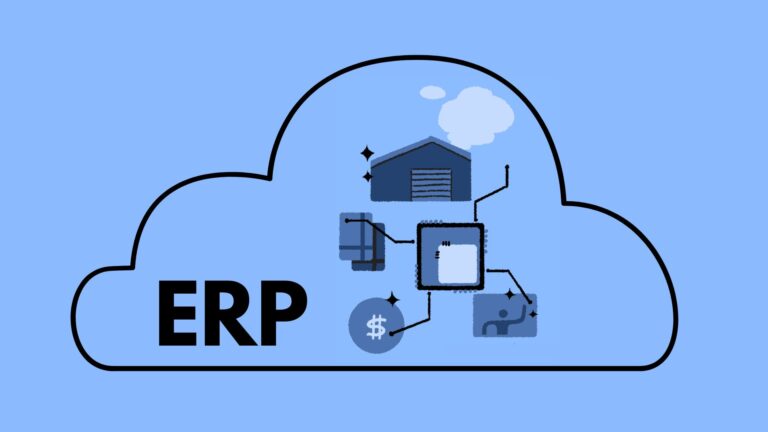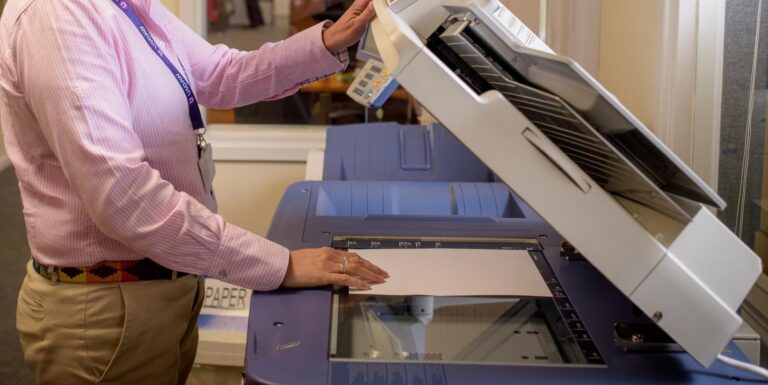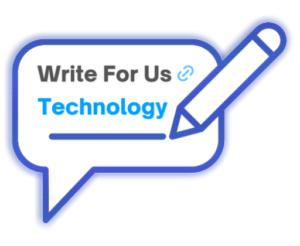In the dynamic world of cybersecurity, SaaS Security Posture Management (SSPM) stands as a critical shield in the protection of cloud-based applications. The rapid evolution of SaaS solutions has propelled the need for equally advanced SSPM tools. This comprehensive article delves into the emerging trends in SSPM, particularly focusing on the integration of Artificial Intelligence (AI), automation technologies, and what lies beyond for SSPM vendors. As businesses increasingly rely on cloud services, understanding these trends is key to maintaining a robust security posture.
The Evolving Landscape of SSPM
SSPM has grown beyond traditional security measures, adapting to the complexities of modern SaaS environments. Today, SSPM vendors are not just offering basic security management but are embedding advanced technologies to provide more sophisticated, proactive, and predictive security solutions.
1. AI and Machine Learning in SSPM
- Automated Threat Detection: AI algorithms are being used to detect anomalies and potential security threats in SaaS applications automatically.
- Predictive Analytics: Machine learning models are applied to predict future security risks based on historical data.
- Enhanced Compliance Monitoring: AI-driven SSPM tools can more efficiently ensure compliance with evolving regulations.
- For more information on AI in cybersecurity, the International Association of Privacy Professionals (IAPP) provides insightful resources.
2. Automation in SSPM
- Streamlined Security Workflows: Automation in SSPM simplifies complex security tasks, reducing the potential for human error.
- Real-Time Response: Automated processes enable real-time detection and remediation of security issues.
- Scalability and Efficiency: Automation allows SSPM solutions to scale with the growing number of SaaS applications used by businesses.
- The Center for Internet Security (CIS) offers benchmarks that can be used for automated compliance.
3. Integration with Broader Security Ecosystems
- Seamless Integration with Other Tools: Modern SSPM tools are designed to integrate seamlessly with existing cybersecurity infrastructures.
- Unified Security Posture: SSPM solutions are increasingly becoming a part of a unified approach to organizational security.
4. User and Entity Behavior Analytics (UEBA)
- Behavioral Profiling: SSPM tools are incorporating UEBA to monitor and analyze user behavior, identifying potentially risky actions.
- Insider Threat Detection: By understanding normal user behaviors, SSPM can detect deviations that may indicate insider threats.
5. Enhanced Cloud Security Posture
- Advanced Risk Assessment: SSPM solutions now offer more sophisticated risk assessment capabilities to identify and prioritize threats.
- Customizable Security Policies: SSPM tools are providing more flexibility in tailoring security policies to specific organizational needs.
6. The Role of Compliance in SSPM
- Automated Regulatory Compliance: Keeping up with regulatory changes is easier with automated compliance features in SSPM tools.
- Data Privacy Regulations: SSPM solutions are increasingly focusing on ensuring compliance with data privacy laws like GDPR and CCPA.
7. The Growing Importance of Zero Trust in SSPM
- Zero Trust Security Models: SSPM vendors are integrating Zero Trust principles, ensuring rigorous verification of every access request.
- Continuous Verification: Continuous monitoring and verification of users and devices are becoming standard practices in SSPM.
8. The Future: SSPM and the Internet of Things (IoT)
- Extending to IoT Devices: As IoT devices proliferate in the business environment, SSPM solutions are extending their reach to secure these devices.
- Managing IoT Security Risks: SSPM is playing a crucial role in identifying and mitigating the unique security challenges posed by IoT.
Conclusion
The landscape of SSPM is rapidly evolving, with AI, automation, and advanced analytics leading the charge. As SSPM vendors continue to innovate, businesses will benefit from more robust, proactive, and intelligent SaaS security management tools. Keeping abreast of these trends is essential for organizations to ensure their cloud services are secure, compliant, and efficient.
Credit: Image by Freepik










